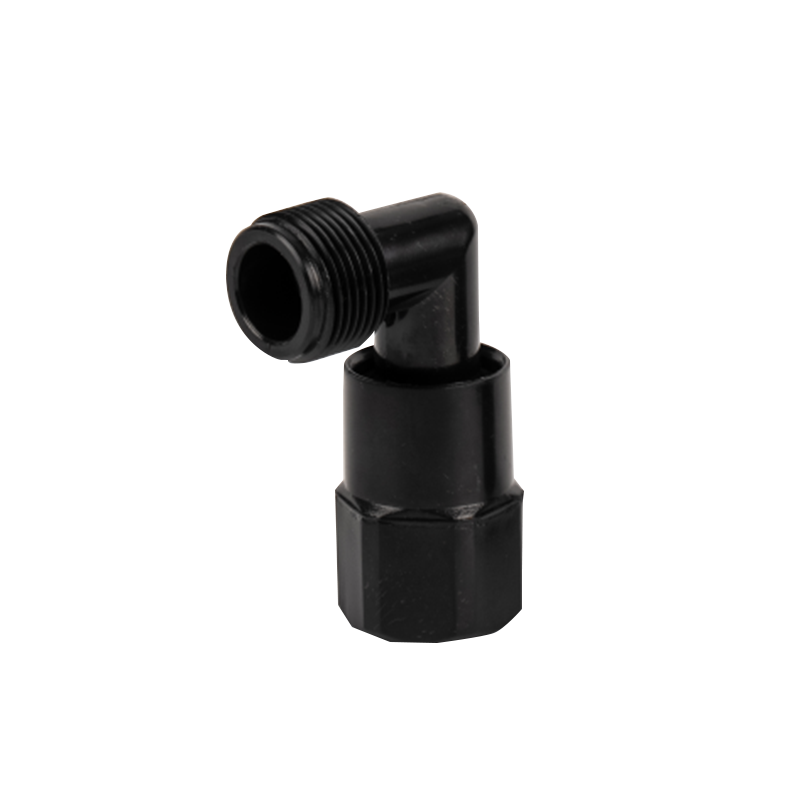 By Admin
By Admin When addressing issues related to irrigation quick coupling valves, a comprehensive and systematic approach is essential for effective problem resolution. The process begins with accurately identifying the specific issue at hand. Users should observe the irrigation system during operation, noting any irregularities, such as inconsistent pressure, unexpected shut-offs, or localized wet spots in the field. Documenting these symptoms can aid in diagnosing the problem, which may range from leaks and reduced water flow to valve jamming or corrosion.
Once the problem is identified, the next step involves checking for leaks, a common issue with quick coupling valves. Users should conduct a thorough inspection of the valve and its connection points for any signs of leakage. This could occur at the valve seat or where the valve connects to the irrigation pipe. If leaks are detected, it’s important to ensure the valve is securely tightened, as loose fittings often lead to leaks. If tightening does not resolve the issue, users should inspect seals and gaskets for wear or damage, as compromised seals can lead to water loss and reduced system efficiency. In such cases, replacing damaged seals or gaskets is necessary to restore a proper seal and prevent further leakage.
Another critical aspect of troubleshooting involves inspecting the valve mechanism itself. If the valve is not operating smoothly, either failing to open or close as intended, users should check for debris or foreign objects obstructing the valve. This may include dirt, sediment, or plant material that has entered the system. Thoroughly cleaning the valve with appropriate tools and techniques is vital to avoid damaging components. If the valve remains stuck, a gentle tapping motion with a soft tool can help free it. However, if the valve is severely damaged or corroded, replacement may be necessary to ensure reliable operation.
Assessing water flow is also crucial to the functionality of an irrigation system. Reduced water flow can significantly impact irrigation efficiency, so users should inspect the upstream and downstream piping for blockages or restrictions. Sediment buildup or kinks in hoses can impede flow. Flushing the irrigation system with water is often an effective method to dislodge debris. If flushing does not resolve the issue, disassembling the valve for a more thorough inspection of internal passages and components may be required.
The coupling mechanism is integral to the function of quick coupling valves, allowing for easy connection and disconnection. Users must ensure that this mechanism is functioning correctly, as wear or damage can hinder performance. If the coupling is found to be worn or damaged, it should be replaced to maintain system integrity.
Corrosion is another significant concern, particularly for metal components in irrigation systems. Regular inspections for signs of rust or pitting are essential, as corrosion can compromise performance and longevity. If corrosion is detected, cleaning affected areas with a wire brush and appropriate cleaning solutions can help. However, in cases of severe corrosion that compromises structural integrity, replacing the valve is often necessary.
Proactive maintenance is key to reducing the likelihood of issues arising with quick coupling valves. Implementing a routine maintenance schedule that includes inspections of valves, cleaning debris, lubricating moving parts, and testing operational efficiency is essential. Keeping a log of maintenance activities can help track the performance and lifespan of each valve, allowing for timely replacements when necessary.
YR9105 360degree BSP3/4" plastic quick coupling valve connection fitting
